The Butterfly Effect: When Diaries Unlock Time Travel
Back in 2004, a sci-fi film emerged that captivated audiences with its unique premise: using diaries to travel through time. “The Butterfly Effect” follows Evan, who discovers he can alter the past by revisiting his childhood journals. Each attempt to save his loved ones and fix his life triggers unforeseen and terrifying consequences, like a series of dominoes falling. This mind-bending masterpiece, rated 8.8 on Douban, remains a cerebral benchmark for many.
Six Journeys into Chaos
What makes “The Butterfly Effect” so compelling is Evan’s repeated trips through time. Each journey is like opening Pandora’s Box, unleashing unexpected disasters and pushing viewers to the edge of their seats. Let’s delve into Evan’s six pivotal time-altering moments.
The Kindergarten Blood Drawing
The story begins with seven-year-old Evan drawing a disturbing picture filled with blood and death at kindergarten. He blacks out after drawing it and has no memory of the event. Doctors suggest he keep a diary to record his daily life, hoping to recover lost memories. Little did they know, this simple advice would become the key to his time-traveling abilities. Who would have guessed a diary could hold the secret to rewriting destiny?
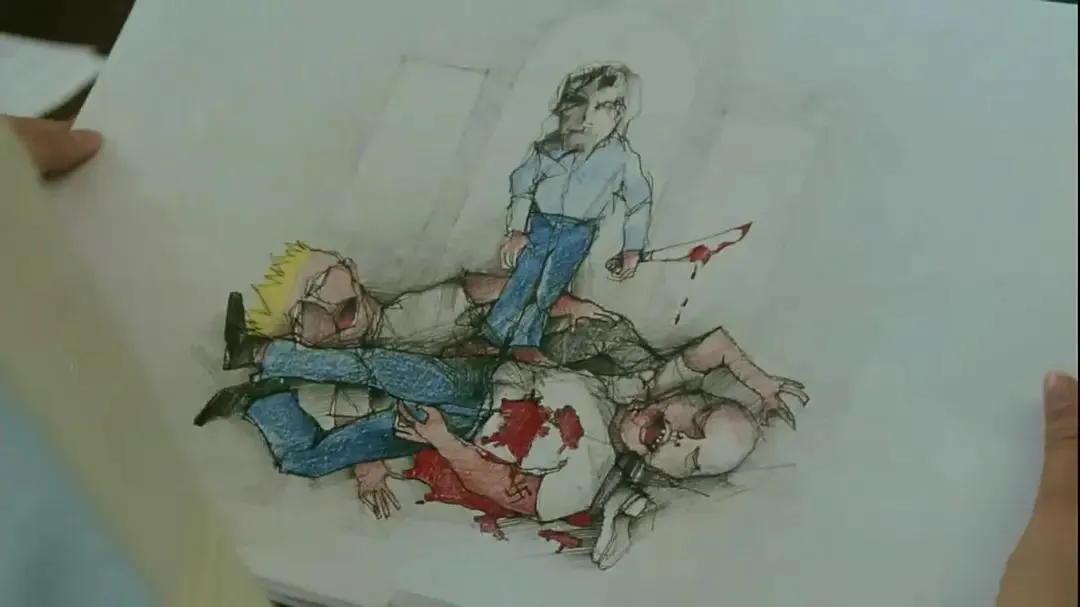
The Basement Trauma
To be with his childhood sweetheart, Kayleigh, Evan spends time at her house. However, Kayleigh’s father is a pervert who films Evan and Kayleigh in his basement. Kayleigh’s brother, Tommy, witnesses this, planting seeds of hatred in his heart. Years later, Tommy’s violent revenge stems from this dark experience.
The Firecracker Tragedy
During their teenage years, a prank by Evan and his friends drastically alters their lives. Tommy brings firecrackers and encourages Lenny to put them in Mrs. Boswell’s mailbox. The resulting explosion kills an innocent mother and daughter, and Lenny is traumatized. Evan realizes that a seemingly small act can have devastating consequences.
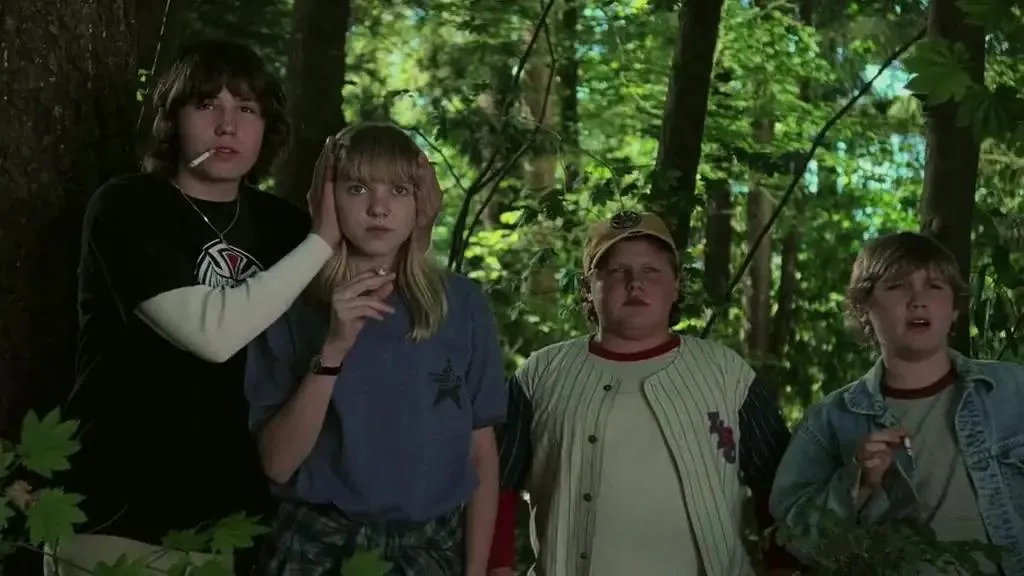
Tommy’s Cruelty
Fueled by jealousy, Tommy’s hatred for Evan intensifies. He captures Evan’s dog and burns it alive. Devastated, Evan travels back in time to prevent this tragedy. However, his intervention leads to Lenny killing Tommy in the chaos, resulting in Lenny’s imprisonment. Evan’s attempt to save the dog leads to even worse consequences, filling him with guilt.
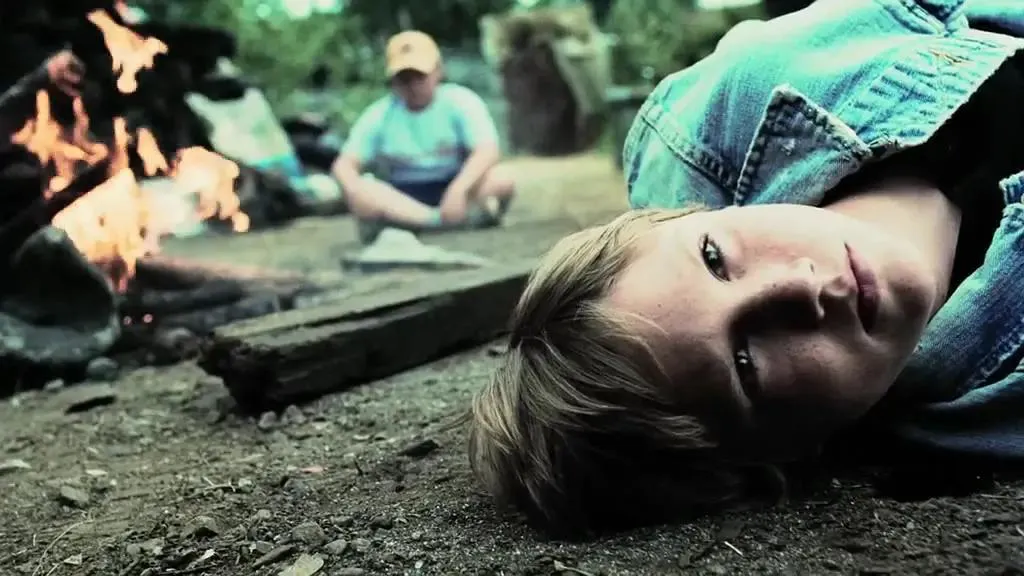
Preventing the Explosion
After a series of tragedies, Evan decides to travel back again to prevent the firecracker explosion. He manages to save the mother and daughter but loses his arms in the process. Tommy, feeling remorse, becomes successful, and Kayleigh and Lenny live happily. However, Evan’s mother becomes overly worried about his disability, leading to her developing lung cancer.
The Ultimate Sacrifice
Realizing that his existence is the root of all the tragedies, Evan makes a heartbreaking decision during his final time travel. He returns to the moment before his birth and strangles himself with the umbilical cord. This sacrifice ensures Kayleigh, Lenny, and Tommy lead happy lives. Evan’s act of self-sacrifice highlights the cruel irony of fate.
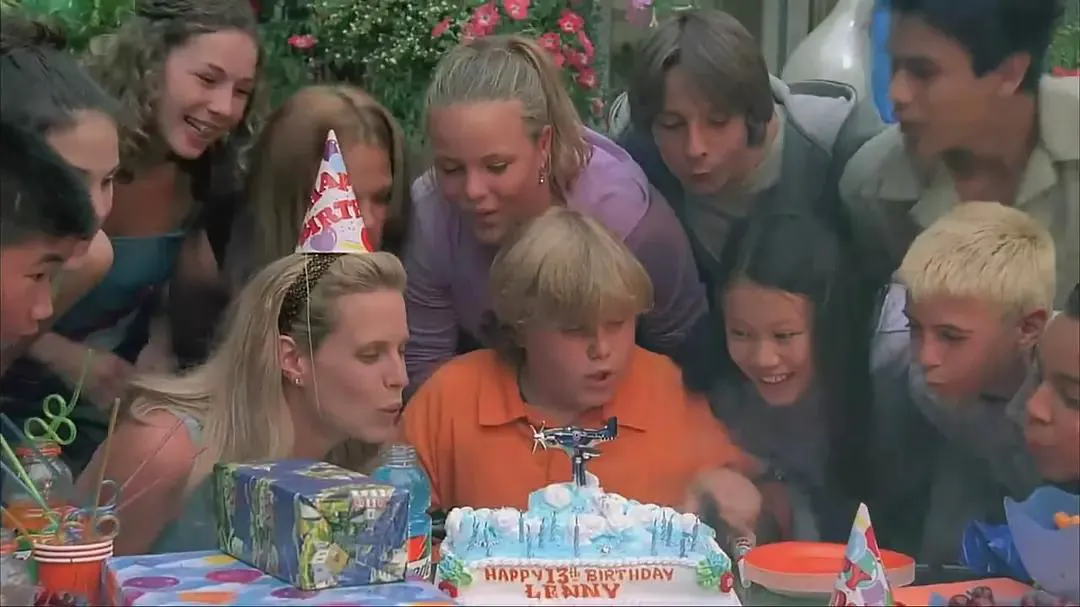
Deep Philosophical Questions
Beyond its thrilling plot, “The Butterfly Effect” raises profound philosophical questions. Each of Evan’s journeys challenges fate, yet he becomes trapped in a cycle of despair. This sense of helplessness forces us to consider whether our lives are truly in our control or predetermined.
Determinism: Are We Bound by Fate?
Evan attempts to change the past to save his loved ones and alter their destinies. However, tragedy repeats itself in different forms, suggesting fate is unchangeable. Like Oedipus in Greek mythology, who tries to avoid his destiny but unknowingly fulfills it, Evan’s struggles seem like a cruel joke by fate. This depiction of determinism prompts us to question whether our actions can truly change our destiny or if we are merely playing predetermined roles.
Existentialism: Finding Meaning in Absurdity
Existentialism emphasizes free choice and responsibility for one’s actions. Evan’s time-traveling ability gives him the illusion of changing fate. However, his choices lead to unexpected consequences, causing him immense pain and guilt. This raises questions about free will and our ability to take responsibility for our actions. The film also highlights the absurdity of life, as Evan’s search for meaning proves futile. This prompts us to reflect on our own lives and the meaning of our pursuits.
Quantum Mechanics: Parallel Universes
The film’s multiple endings evoke the concept of parallel universes in quantum mechanics. According to this theory, each event splits the universe into multiple parallel universes with different outcomes. Evan’s time travels create new parallel universes, altering the fates of himself and those around him. This metaphor suggests the infinite possibilities of the universe and makes us wonder if our world is just one of many parallel universes.
Why Does It Resonate?
“The Butterfly Effect” stands out due to its narrative, thematic depth, and ending. It offers a profound cinematic experience and encourages deep philosophical reflection.
Non-Linear Narrative
Before mind-bending films like “Inception” and “Interstellar,” “The Butterfly Effect” mastered non-linear storytelling. By interweaving past, present, and future through Evan’s time travels, the film creates suspense and complexity. This narrative style encourages viewers to revisit and dissect the plot, appreciating the director’s intricate design.
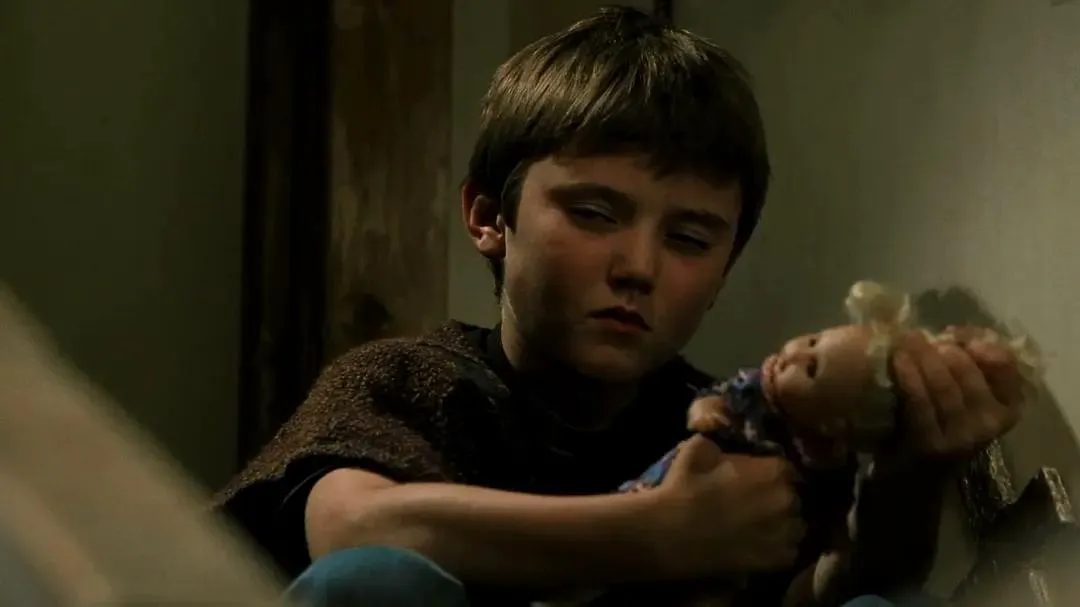
The Dark Side of Good Intentions
Evan’s time travels are driven by good intentions: saving friends, protecting family, and changing destinies. However, his efforts lead to unintended and disastrous consequences. This exploration of the “road to hell is paved with good intentions” paradox reveals the complexity and fragility of human nature. “The Butterfly Effect” shows that even well-intentioned actions can lead to unforeseen outcomes, prompting us to reflect on our own choices and their potential impact.
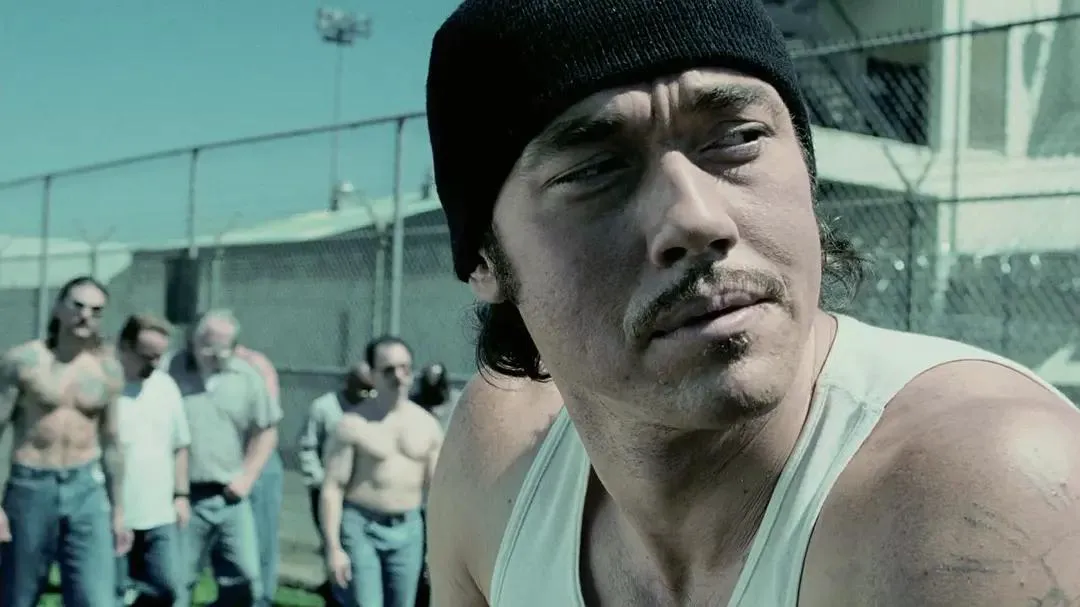
Multiple Endings
“The Butterfly Effect” offers various endings, including theatrical, director’s cut, animated, and unreleased versions. Each ending provides a different conclusion and interpretation of the film’s themes. The theatrical ending leaves a sense of regret, while the director’s cut shows Evan’s self-sacrifice. The animated ending offers a new continuation, and the unreleased ending presents a tragic outcome. These multiple endings showcase the infinite possibilities of life and the complexity of fate.
If you had the chance to travel back in time, what moment would you change?